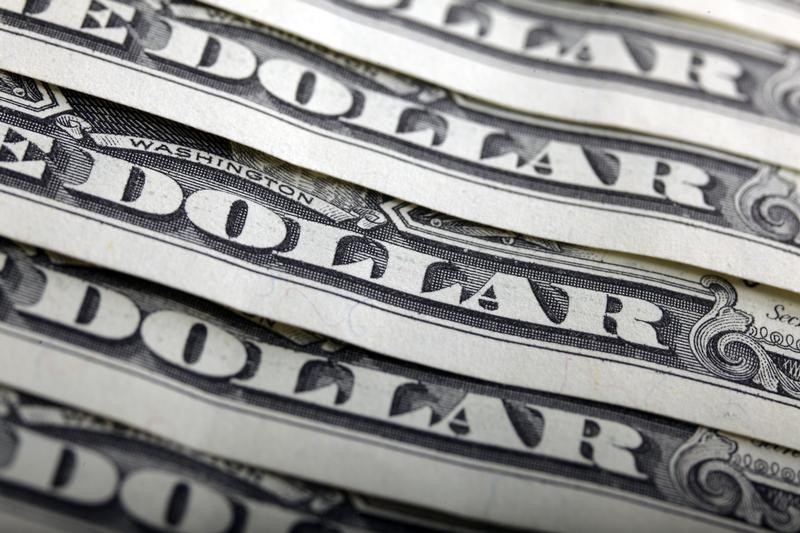By Peter Nurse
Investing.com – The U.S. dollar edged higher in early European trade Thursday with weakening risk sentiment benefiting this safe haven, but remains near two-month lows as a cooling economy points to a pause in the U.S. Federal Reserve rate-hiking cycle.
At 03:55 ET (07:55 GMT), the , which tracks the greenback against a basket of six other currencies, traded 0.1% higher to 101.625, just above the two-month low of 101.140 seen during the previous session.
Economic data coming out of the U.S. has pointed to slowing economic growth, with the expanding at a more measured rate in March as demand cooled, while U.S. dropped to their lowest in nearly two years in February.
Fears that this will result in a recession in the world’s largest economy have hit risk sentiment, with the safe-haven dollar benefiting, particularly ahead of the Easter holiday weekend.
However, this also has increased expectations that the may pause its tightening policy, with markets still pricing more than 50% chance of the central bank standing pat when it next meets in May.
The weekly figure is due for release later this session, but all eyes will be on Friday’s official , with analysts expecting the economy added 240,000 jobs last month, lower than the number in February.
“Markets are clearly attaching more recessionary risks to the dollar, but … it appears that the Fed has not provided any solid anchor to rate expectations so more subdued readings in key releases can definitely bring more downward pressure to the dollar,” said analysts at ING, in a note.
“On the contrary, above-consensus readings could prompt a rapid rebound in the very volatile Fed funds pricing and trigger a dollar correction.”
traded largely flat at 1.0903, helped by increasing 2.0% on the month in February, a lot more than the slight increase of 0.1% that was expected.
The is widely expected to continue hiking interest rates when it next meets in May as it battles still at elevated levels.
“I look at food, where inflation pressure is probably its most intense. And it’s still rising now,” ECB chief economist Philip Lane said on Wednesday. “I don’t think we are yet at the peak of food inflation, it’s not yet there but again it’s projected to fall this year.”
Overall inflation in the eurozone slowed sharply last month on lower energy costs but underlying price growth climbed to a record level.
edged higher to 1.2462, not far removed from this week’s ten-month high, fell 0.2% to 0.6705, while rose 0.1% to 131.38.
edged higher to 6.8799, with the yuan helped by the showing China’s services activity in March expanded at the quickest pace in over 2 years.
Read the full article here



